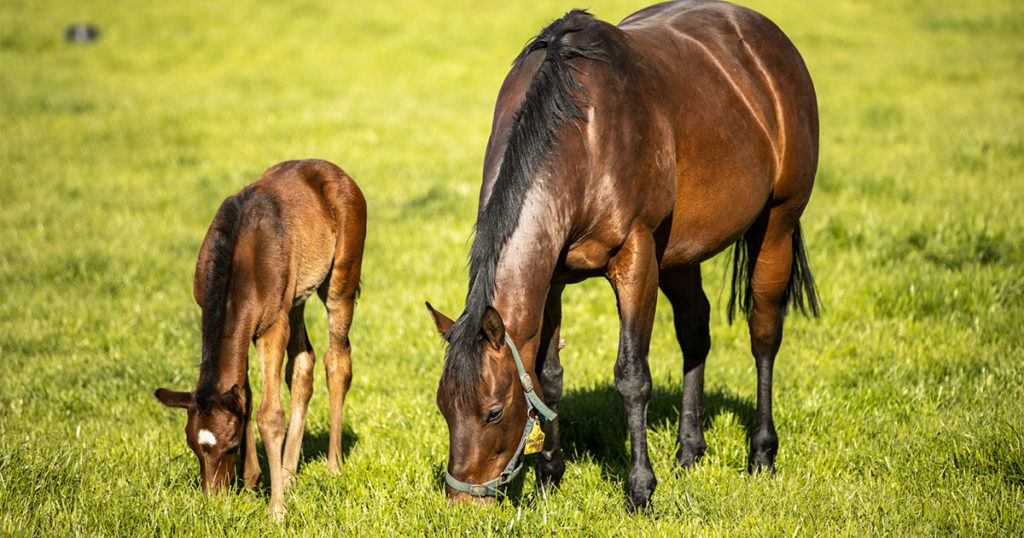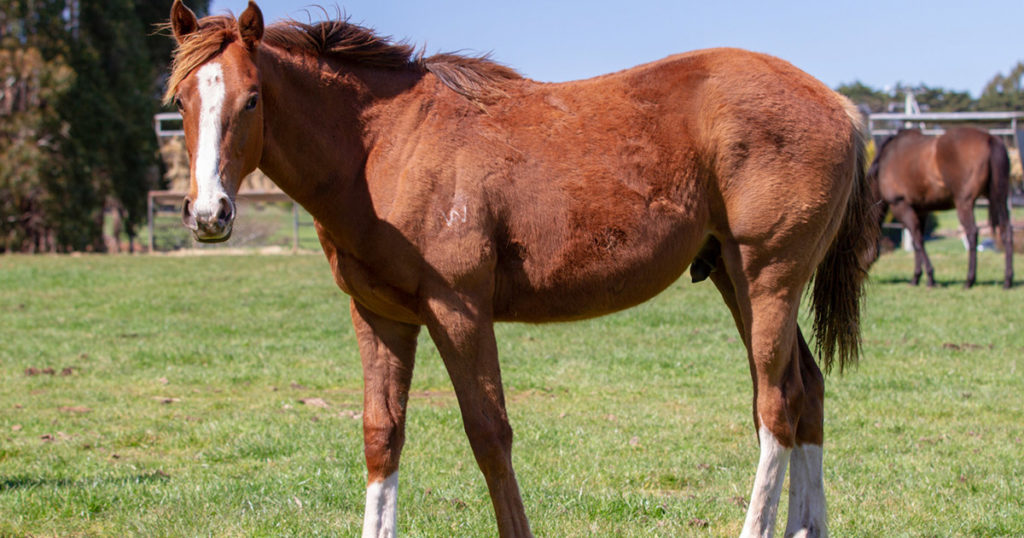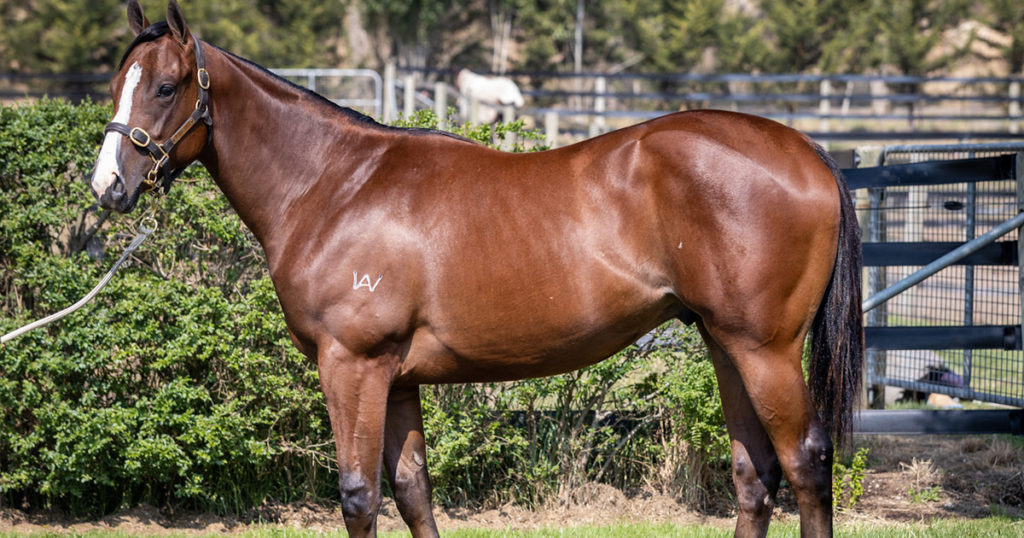When we think of digestive health (and overall health) in our horses- we’re quick to think of the gut. Whilst some may interpret this as the stomach alone, it really encompasses the digestive system at large- including both the small and large intestines. Digestion and the effects of digestive health however, aren’t limited to the gut alone. The mouth, teeth and salivary glands are absolutely crucial to digestive health- and are largely influenced by what we feed our horses.
Digestion literally begins in our horse’s mouth- both from a mechanical (chewing) and enzymatic (chemical) perspective. Our horses grasp their food with their lips, tongue and teeth. The structure of their jaw allows for a complex chewing motion: the upper jaw being wider than the lower jaw. Horse’s chew in a sweeping action (lateral, forward, backward and vertical motions), which aids in both the mechanical breakdown of food, in addition to mixing food with saliva. Amylase is an enzyme contained in saliva which helps chemically begin the digestion of carbohydrates. Unlike humans, horses only produce saliva in response to chewing. The more they chew, the more saliva they produce. This is really important to note- as in addition to facilitating enzymatic digestion in the mouth, saliva contains bicarbonate ions. These bicarbonate ions act as buffers to help protect the stomach lining against naturally produced hydrochloric acid (essential for healthy digestion, but corrosive to the stomach lining). This is one of the many natural mechanisms a horse has in order to help maintain a healthy gut lining (protecting against ulcers and gastrointestinal inflammation).
The jaw sweeps (chewing rate) of a horse are influenced by the type of feed they consume. On average, a horse at pasture makes 60,000 jaw sweeps per day when grazing. This is dramatically reduced when a horse is confined to a stable and/or roughage in the diet is limited, with concentrates/grain forming a large part of their diet.
On average, a 500kg horse takes around 40 minutes and 3400 jaw sweeps to consume 1kg hay. By stark comparison, 1kg of oats only takes 10 minutes and 850 jaw sweeps to consume. One of the most concerning consequences of this dramatic decrease in chewing rate is a significant reduction in bicarb production (thus minimising a key protective mechanism of the gut lining).
When a horse chews fibrous feeds it uses a long jaw sweep action. Horses maintained continually on pasture with minimal grain rarely develop sharp edges on their teeth as their natural chewing mechanism maintains even wear. When horses chew grains they use a shorter sweeping action, which doesn’t extend past the outer edge of their teeth. A diet high in concentrates or grain and low in fibre is an important contributing factor to the development of sharp edges on our horse’s teeth. Poor teeth wear can set up a vicious cycle- a horse in pain from sharp edges on their teeth typically reduces their chewing rate of fibrous feeds, thereby further contributing to poor gut health due to less fibre consumption and less bicarbonate production.
There are MULTIPLE reasons why roughage should comprise a significant part of your horse’s diet. Their effects on dental health and the initial stages of digestion alone are important aspects highlighting the need for sufficient fibre in the diet.

Camilla Whishaw is a highly regarded, experienced horsewoman and naturopath, helping to holistically treat and manage a broad range of equine health conditions and injuries, with a passion for mare and stallion fertility.
As a world-renowned practitioner, presenter, author, and consultant in the field of Equine Naturopathy, Camilla shares her knowledge through keynote presentations, interviews, lectures, panel sessions, and workshop training.





